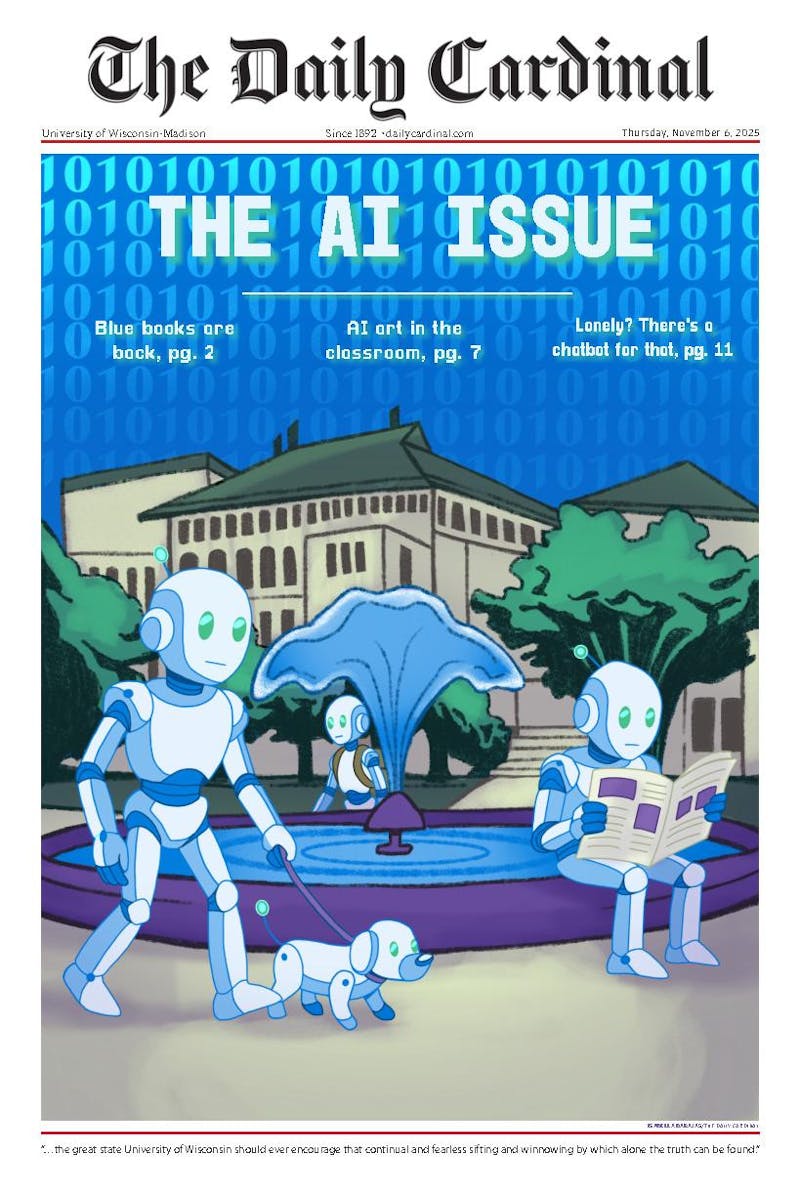UW-River Falls geology professor Bill Cordua had known for almost 20 years that a geological site he had explored-the Rock Elm Disturbance 40 minutes from his campus-had all the earmarks of a meteorite impact. But it was not until he teamed up with Bevan French, a geologist with the Smithsonian Institution in Washington D.C., and J.B. Plescia, geologist with the U.S. Geological Survey in Flagstaff, Ariz., that he was able to present a convincing argument to the scientific community: Western Wisconsin was hit by a meteorite 450 million years ago.
The team published its research in the January 2004 issue of the Geological Society of America Bulletin.
\There are a number of strange things about the area,"" Cordua said. ""The bedrock is tipped up and folded, which is very unusual. There are strange shales and sandstones, not found elsewhere in western Wisconsin. And all of these anomalies are confined to a circular area. I started thinking it could be a meteor crater.
""Based on modeling, we predicted that the Rock Elm meteorite was traveling at 40,000 to 65,000 mph. It was about 200 meters long, or the size of two football fields,"" he added.
The impact created a crater four miles across and about 200 yards deep.
Other explanations for the Rock Elm Disturbance, Cordua said, included a burst of gas or water such as from a volcano.
French's research on the grains in the sandstone revealed the rock deformations were produced by shock waves.
""Once French found these shock metamorphic features, that sealed the tomb of the gas burst theory,"" Cordua said. ""The temperature and pressure [that caused these features] were far beyond that of a volcano. Only one thing was left on the table: meteorite impact.""
Jamie Robertson, state geologist and director of the Wisconsin Geological and Natural History Survey in Madison said, ""I think it's tremendously exciting. I am delighted that we now know more about the geological features in Wisconsin.""
But don't drive up to Pierce County expecting to see a huge depression in the earth.
""This area has rolling hills with trees and steep slopes,"" said Scott Schoepp, park superintendent of the Nugget Lake County Park, in which part of the crater lies. ""It's not like you're going to park on a hill, walk out and see it-not without a trained eye.""
UW-Madison emeritus professor of geology Robert H. Dott, Jr. recommended a book he co-wrote with John Attig, titled ""Roadside Geology of Wisconsin.""
""Our new book has a discussion of the Rock Elm feature with a map,"" Dott said. ""At some of the roadsides, you can see quartz in the sandstone.\





